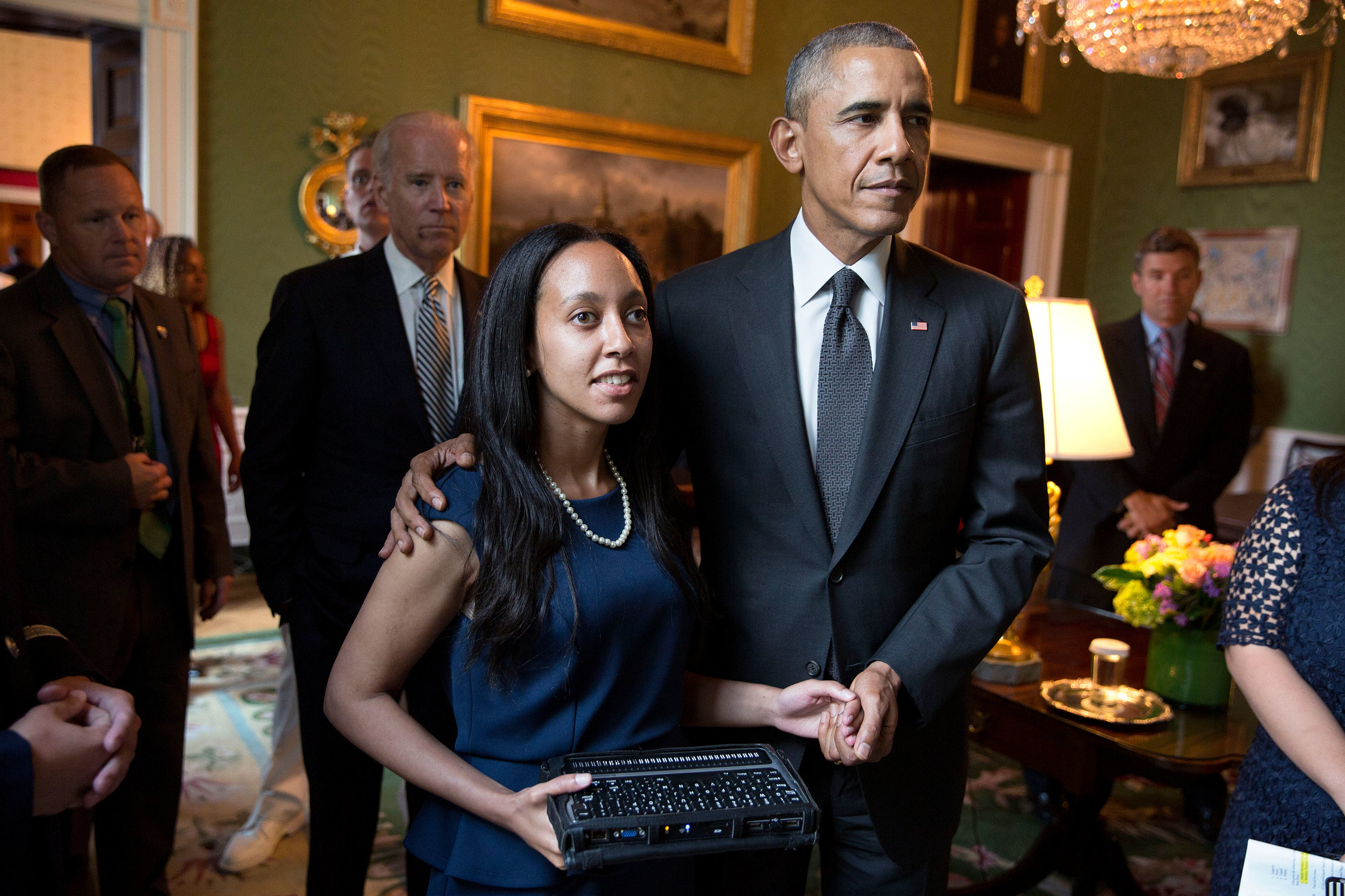Workplace Hearing Loss
Occupational Hearing Loss
The National Institute for Occupational Safety and Health (NIOSH) recommends that workers are not exposed to noise at a level that amounts to more than 85 decibels (dBA) over 8 continuous hours.
NIOSH estimates that 30 million U.S. workers are exposed to noise levels high enough to cause irreversible hearing loss.
According to the U.S. Bureau of Labor Statistics, more than 20,000 workplace hearing loss cases occur annually, many resulting in permanent hearing loss.
An estimated 24% of hearing loss in the United States has been attributed to workplace exposure, according to the Centers for Disease Control and Prevention.
Research also shows that stronger occupational regulation of noise leads to safer sound levels.
Employment and Economic Costs
48% of people who have hearing loss were employed in 2014, but about the same amount (47%) are not in the labor force.
Adults with hearing loss are more likely to have lower education, lower income, and be unemployment or underemployment, compared with their typical-hearing peers.
Individuals with hearing loss also experience greater difficulties in employment transition and career development, compared with those with typical hearing.
Untreated hearing loss can decrease one’s annual income by as much as $30,000. The yearly cost to society is estimated to be as high as $26 billion in unrealized federal taxes; and an estimated aggregate yearly income loss of $176 billion due to underemployment.
For those who did collect an income, individuals with hearing loss made about 25% less; their mean wage was $23,481, compared with $31,272 for typical-hearing peers.
Hearing aids were shown to reduce the risk of income loss by 90 to 100% for those with milder hearing loss, and from 65 to 77% for those with moderate to severe hearing loss.
Untreated hearing loss shows a higher rate of unemployment:
Those with severe hearing loss had an unemployment rate (15.6%) double that of the typical-hearing population (7.8%), and nearly double that of their peers (8.3%) who use hearing aids. (BHI)




